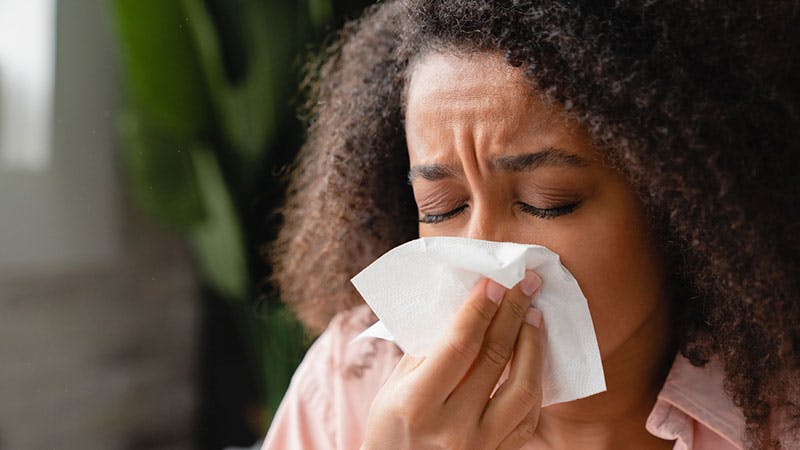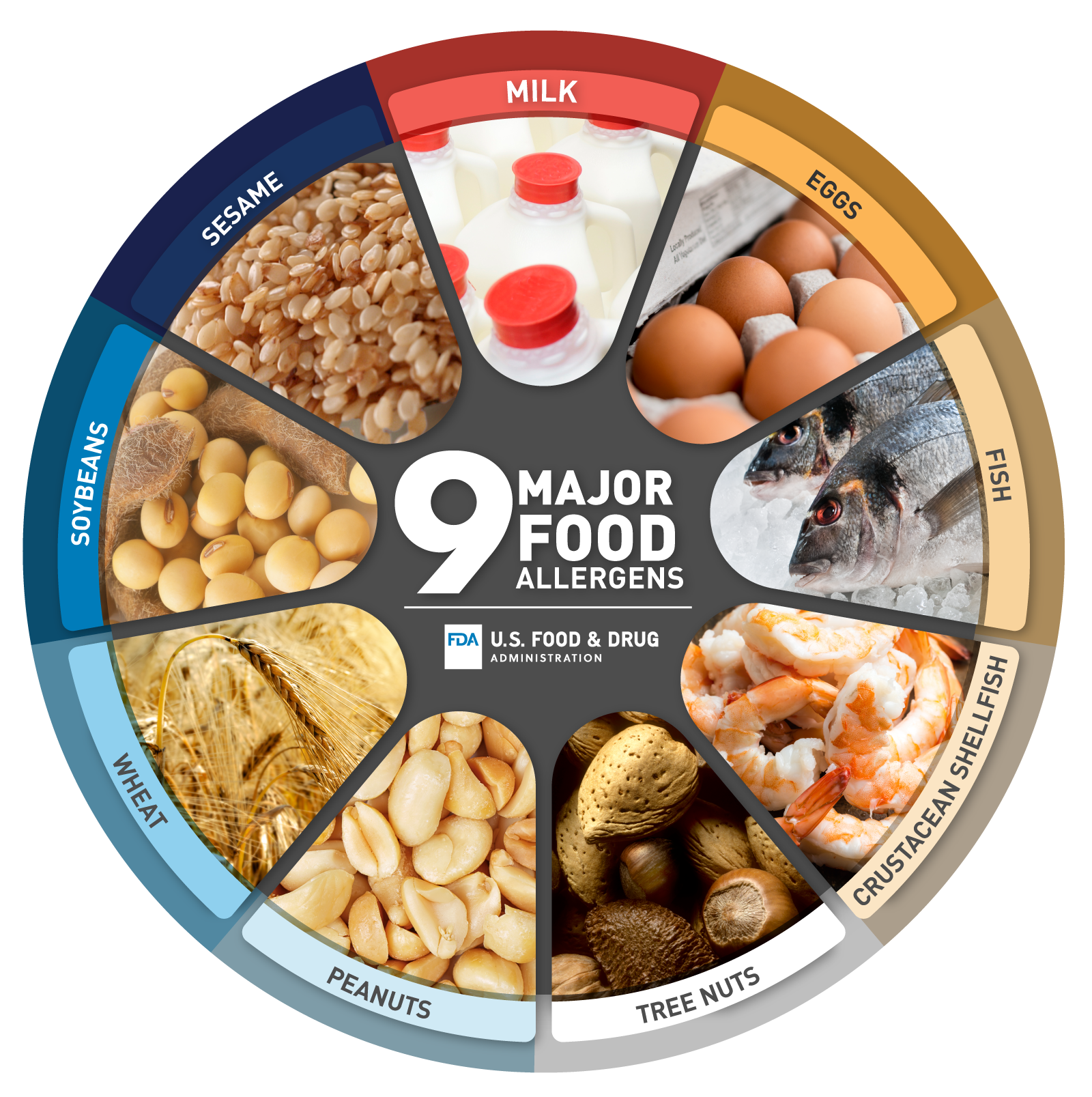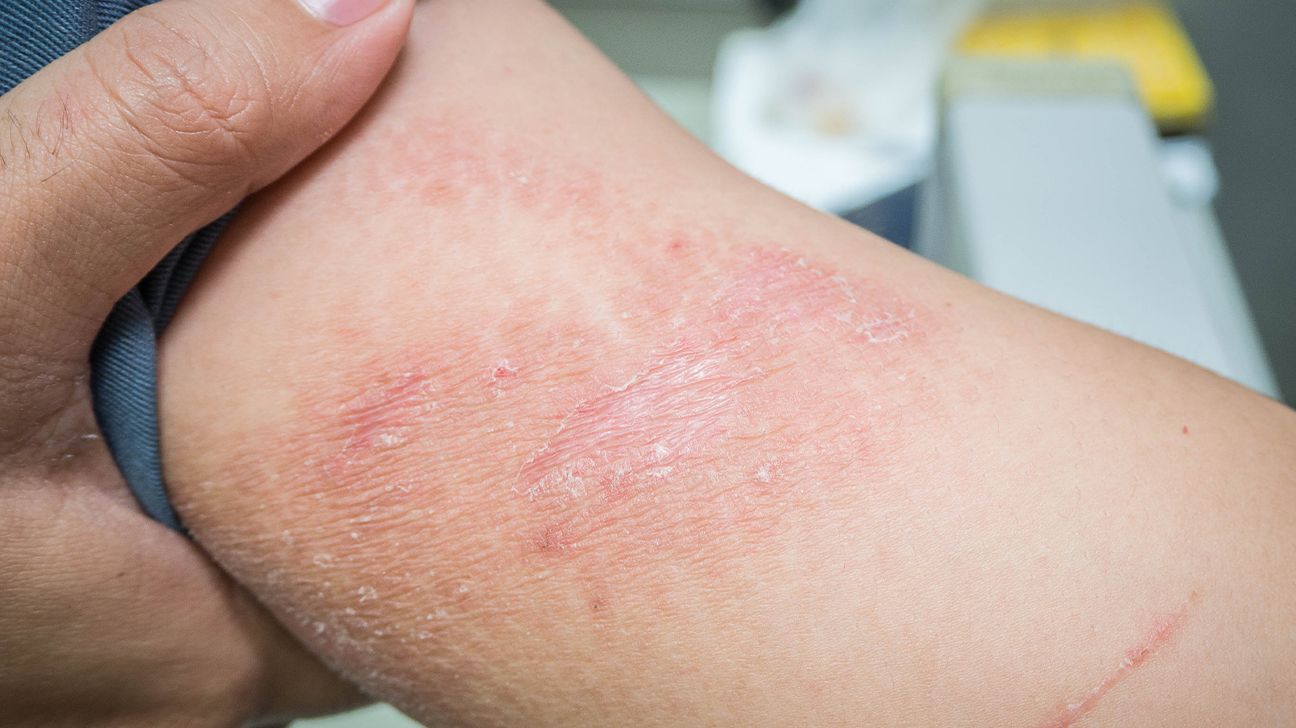Allergies: Deciphering the Immune System’s Overreaction and Finding Relief
Allergies, a common yet often misunderstood condition, affect millions of people globally, causing a range of symptoms from mild irritation to life-threatening reactions. This in-depth guide will unravel the complexities of allergies, exploring their types, causes, triggers, symptoms, diagnosis, treatment options, and preventive measures. Whether you’re a seasoned allergy sufferer or seeking to understand this widespread condition, this guide will equip you with the knowledge to manage allergies effectively and improve your quality of life.
What Are Allergies?
At their core, allergies are an abnormal immune system response to typically harmless substances called allergens. The immune system, designed to protect the body from harmful invaders like bacteria and viruses, mistakenly identifies these allergens as threats. This triggers a cascade of reactions, leading to the release of chemicals like histamine, which cause the characteristic symptoms of allergies.
The Allergy Process: A Step-by-Step Breakdown
- Exposure: The journey begins with exposure to an allergen, which can occur through inhalation, ingestion, injection, or skin contact.
- Sensitization: Upon first exposure, the immune system recognizes the allergen as foreign and produces specific antibodies called immunoglobulin E (IgE). These antibodies are primed to react to the allergen in the future.
- Reaction: With subsequent exposures, the IgE antibodies bind to the allergen, triggering the release of histamine and other inflammatory chemicals from mast cells.
- Symptoms: These chemicals cause the hallmark symptoms of allergies, such as sneezing, runny nose, itchy eyes, skin rashes, or even anaphylaxis (a severe, life-threatening reaction) in extreme cases.
Diverse Types of Allergies: A World of Triggers
Allergies can be categorized based on the type of allergen and the body systems they affect:
- Respiratory Allergies: Triggered by airborne allergens like pollen (hay fever), dust mites, pet dander, and mold. Symptoms often include sneezing, runny or stuffy nose, itchy and watery eyes, coughing, and wheezing.
- Food Allergies: Caused by specific foods, such as peanuts, tree nuts, milk, eggs, shellfish, soy, and wheat. Reactions can range from mild (hives, itching) to severe (anaphylaxis), involving swelling of the throat and difficulty breathing.
- Insect Allergies: Reactions to stings or bites from insects like bees, wasps, hornets, and fire ants. Symptoms can vary from localized swelling and pain to anaphylaxis, a medical emergency requiring immediate attention.
- Drug Allergies: Adverse reactions to medications, often penicillin or other antibiotics. Symptoms can range from mild skin rashes to severe anaphylaxis.
- Latex Allergies: An allergic reaction to natural rubber latex found in gloves, balloons, and other products. Symptoms can include hives, itching, runny nose, wheezing, and even anaphylaxis in severe cases.
- Contact Dermatitis: A skin rash caused by direct contact with an allergen, such as poison ivy, nickel, or certain cosmetics. Symptoms include redness, itching, swelling, and blisters.
Recognizing Allergy Symptoms: The Body’s Distress Signals
Allergy symptoms can vary widely depending on the type of allergy, individual sensitivity, and the amount of allergen exposure. Common symptoms include:
- Respiratory: Sneezing, runny or stuffy nose, itchy and watery eyes, coughing, wheezing, shortness of breath.
- Skin: Hives, itching, eczema (a chronic skin condition characterized by dry, itchy skin), rashes, swelling.
- Gastrointestinal: Nausea, vomiting, diarrhea, abdominal pain, cramps.
- Cardiovascular: Rapid heartbeat, low blood pressure (in severe reactions).
- Neurological: Dizziness, lightheadedness, confusion (in severe reactions).
Unmasking Allergies: The Diagnostic Journey
If you suspect you have allergies, seeking professional diagnosis is crucial. Allergists and immunologists are specialists trained to identify and manage allergies. The diagnostic process typically involves:
- Medical History: A detailed discussion about your symptoms, their onset, duration, frequency, and any potential triggers.
- Physical Examination: A thorough examination of the affected body systems, such as the skin, eyes, nose, and throat.
- Allergy Testing: This can include skin prick tests, blood tests (IgE antibody tests), or patch tests to pinpoint specific allergens responsible for your symptoms.
Treating Allergies: A Multifaceted Approach
Allergy treatment aims to alleviate symptoms, prevent future reactions, and improve quality of life. Common treatment options include:
- Avoidance: The most effective way to manage allergies is to avoid known triggers. This may involve staying indoors during high pollen seasons, using air purifiers, or eliminating certain foods from your diet.
- Medications: Over-the-counter or prescription medications like antihistamines, decongestants, nasal corticosteroids, leukotriene modifiers, and biologics can provide relief from allergy symptoms.
- Immunotherapy (Allergy Shots): This long-term treatment involves regular injections of small amounts of allergens to desensitize the immune system, gradually reducing the severity of allergic reactions over time.
- Emergency Epinephrine: For individuals with severe allergies, carrying an epinephrine auto-injector (e.g., EpiPen) is crucial. This life-saving medication can quickly reverse the symptoms of anaphylaxis.
Proactive Prevention: Minimizing Allergy Misery
While allergies can be a lifelong condition, there are proactive steps you can take to minimize their impact:
- Identify Your Triggers: Keep a diary to track your symptoms and potential triggers, helping you identify patterns and avoid allergens.
- Create an Allergy-Friendly Environment: This may involve using dust mite covers, keeping pets out of bedrooms, using HEPA air filters, and controlling humidity levels to minimize mold growth.
- Maintain Good Hygiene: Regularly wash your hands, shower after spending time outdoors, and change clothes to remove allergens.
- Consult with an Allergist: Work with a specialist to develop a personalized allergy management plan that suits your needs and lifestyle.
- Consider Immunotherapy: If your allergies are severe or poorly controlled with medications, immunotherapy may be a beneficial option.
Allergies can be frustrating, but with the right knowledge and strategies, you can take control of your health and reduce the impact of allergens on your life. By understanding the types of allergies, their causes, and effective treatment options, you can empower yourself to manage your allergies proactively and enjoy a more comfortable and allergy-free life.




:max_bytes(150000):strip_icc():format(webp)/how-do-i-know-which-kind-of-insect-i-was-stung-by-82828-5c4e3f1cc9e77c0001d7bae4.png)
